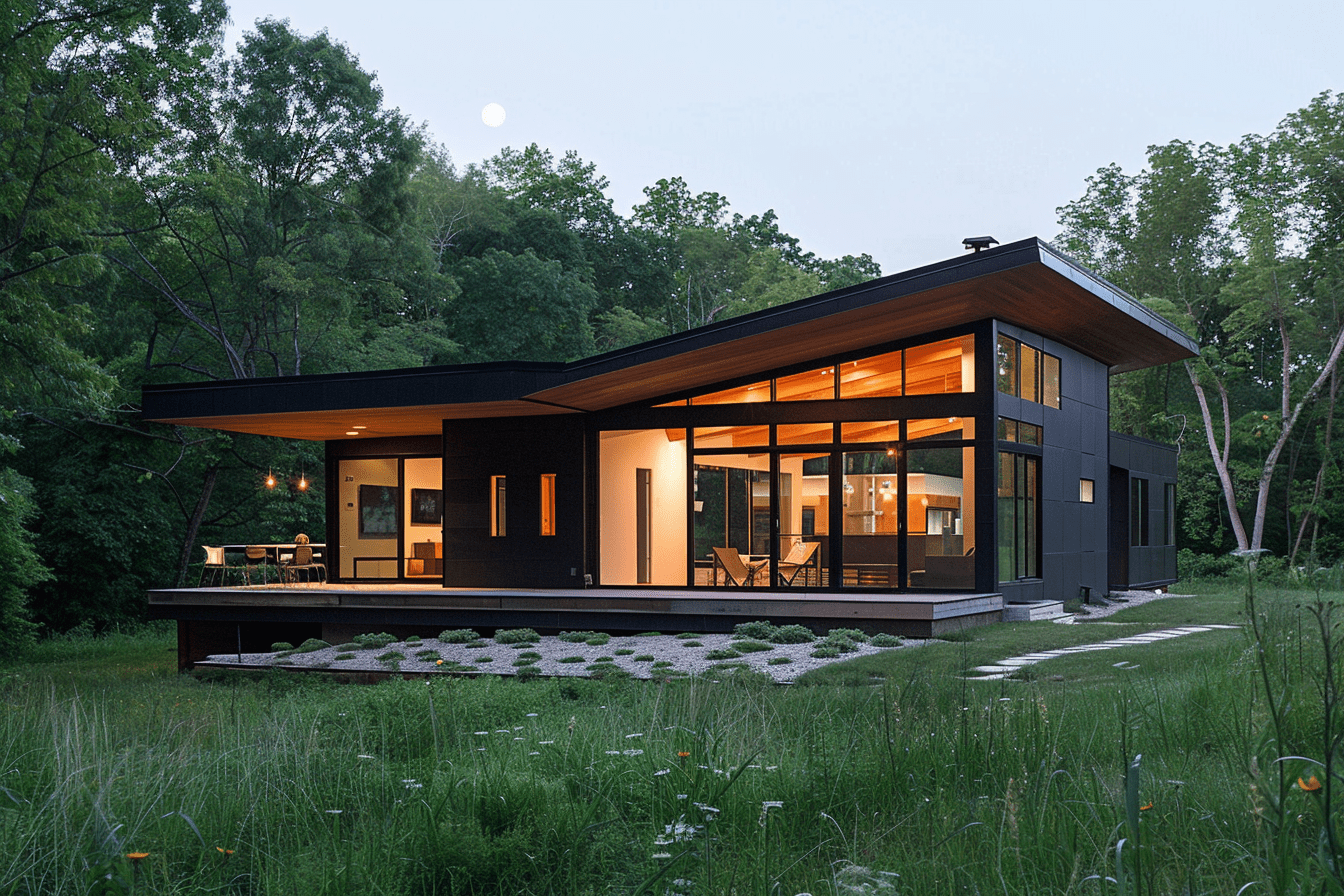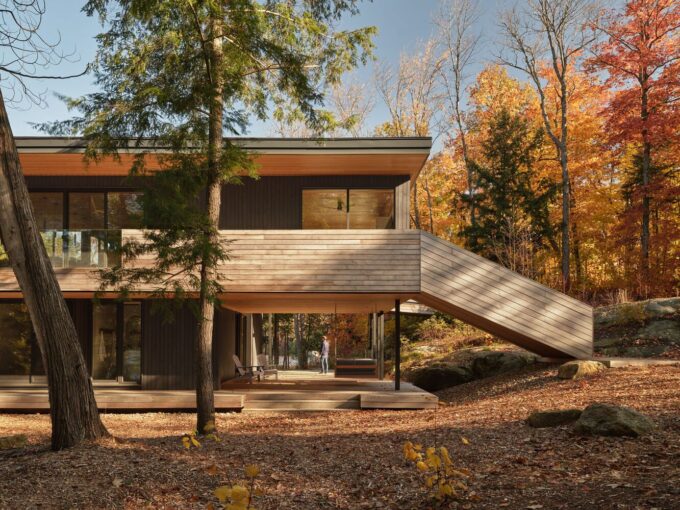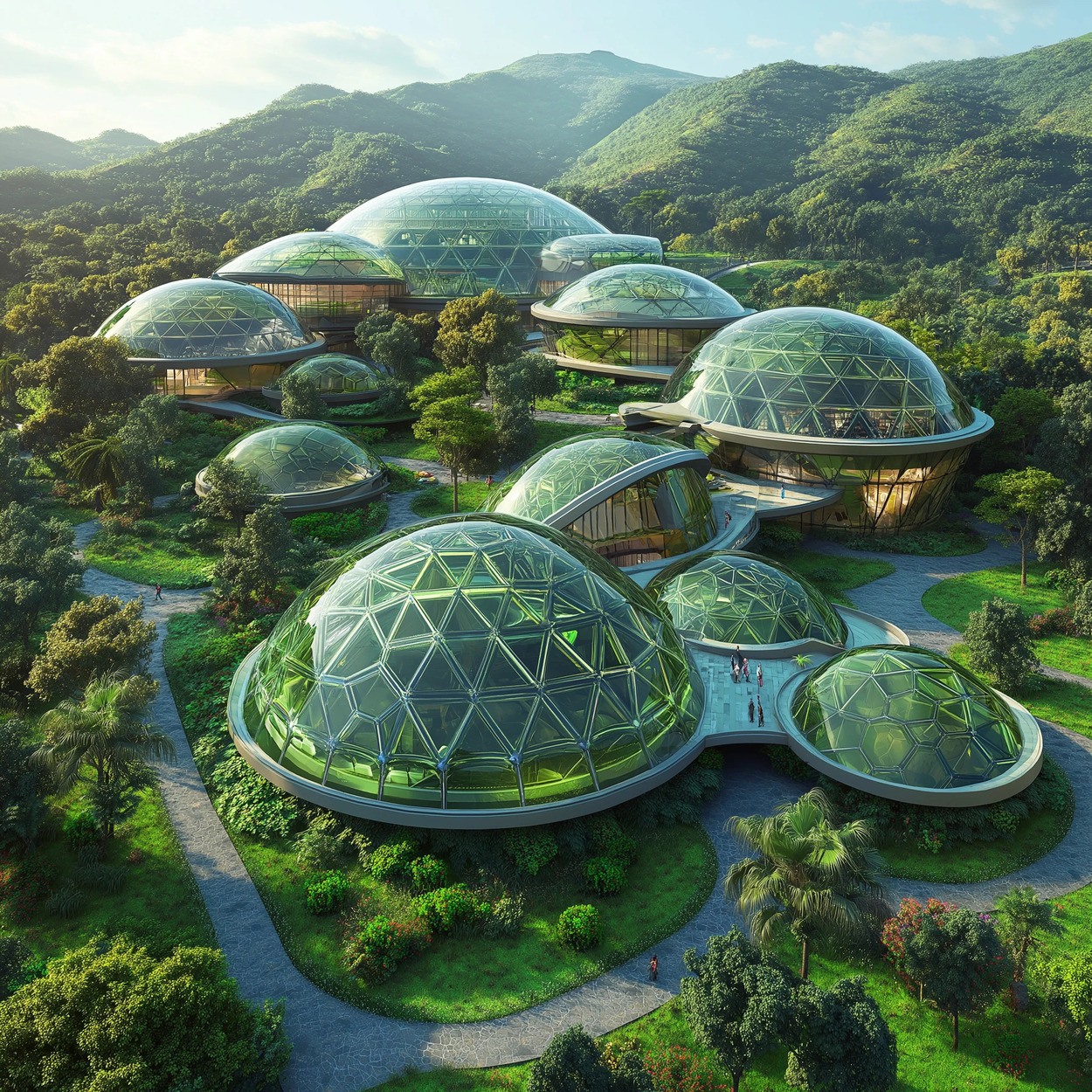- Home
- Articles
- Architectural Portfolio
- Architectral Presentation
- Inspirational Stories
- Architecture News
- Visualization
- BIM Industry
- Facade Design
- Parametric Design
- Career
- Landscape Architecture
- Construction
- Artificial Intelligence
- Sketching
- Design Softwares
- Diagrams
- Writing
- Architectural Tips
- Sustainability
- Courses
- Concept
- Technology
- History & Heritage
- Future of Architecture
- Guides & How-To
- Art & Culture
- Projects
- Interior Design
- Competitions
- Jobs
- Store
- Tools
- More
- Home
- Articles
- Architectural Portfolio
- Architectral Presentation
- Inspirational Stories
- Architecture News
- Visualization
- BIM Industry
- Facade Design
- Parametric Design
- Career
- Landscape Architecture
- Construction
- Artificial Intelligence
- Sketching
- Design Softwares
- Diagrams
- Writing
- Architectural Tips
- Sustainability
- Courses
- Concept
- Technology
- History & Heritage
- Future of Architecture
- Guides & How-To
- Art & Culture
- Projects
- Interior Design
- Competitions
- Jobs
- Store
- Tools
- More
Creating Eco-Friendly Facades: The Future of Sustainable High-Rise Design
As we look around our bustling cities, we can't help but notice the towering highrise buildings. But have we ever stopped to think about their facades? That's right, we're talking about sustainable facades, an often overlooked but crucial aspect of green architecture.

As we look around our bustling cities, we can’t help but notice the towering highrise buildings. But have we ever stopped to think about their facades? That’s right, we’re talking about sustainable facades, an often overlooked but crucial aspect of green architecture.
In our quest for sustainability, we’re pushing the boundaries of design and technology. Our focus? Highrise buildings. These giants of the urban landscape have a significant environmental footprint. But with a sustainable facade, we can dramatically reduce this impact.
Sustainable facade design isn’t just about reducing a building’s energy consumption. It’s also about enhancing the comfort and wellbeing of the people who live and work within these structures. So, let’s dive into the fascinating world of sustainable facade design for highrise buildings.

Table of Contents
ToggleImportance of Sustainable Facades
As we delve into the world of green architecture and sustainable building materials, it’s crucial to discuss the importance of sustainable facades. These facades aren’t just pleasing to the eye but bring in a myriad of environmental and energy-related benefits.
Energy Efficiency
Implementing sustainable facades in highrise buildings is not merely an aesthetic choice, it’s an energy-saving investment. These facades are designed to reduce heat gain, which in turn decreases the energy required for cooling. Constructed from novel, energy-efficient materials, these structures improve insulation and reduce thermal bridges.
They enable us to regulate heat and light entry, enhancing the overall energy performance of the building. For instance, facades with incorporated PV panels can generate renewable energy to further drive down reliance on non-renewable power.
With such innovations in design and technology, we’re not only reducing our carbon footprint but also slashing heating and cooling costs significantly. The lower the energy consumption, the less strain we put on our already overstretched energy resources.

Environmental Impact
The environmental advantages of sustainable facades extend far beyond energy efficiency. They are designed to foster biodiversity, with green or “living” facades providing invaluable habitat for urban wildlife. Additionally, these green facades help in reducing urban heat islands – a pressing issue in densely populated cities.
Plus, these multifunctional facades can assist with water management, reducing the runoff that strains urban drainage systems after heavy rainfall. The recycled and recyclable materials used in the construction of sustainable facades reduce resource consumption and waste, further lessening the environmental impact.
Green facades also dramatically improve air quality, absorbing harmful air pollutants while releasing oxygen.
As we explore the functional and ecological benefits of sustainable facades, it’s clear that they are a fundamental part of our journey toward a more sustainable, healthy, and livable urban environment.

Considerations for Designing Sustainable Facades
In crafting a sustainable facade for a highrise building, certain essential factors require our attention. Let’s delve into the key considerations such as material selection, incorporation of natural ventilation systems, and green roof integration.
Material Selection
The choice of material is crucial when constructing sustainable facades.
It’s imperative that the materials are durable, low-maintenance, recyclable, and have high thermal performance. Opting for natural, recyclable, and locally sourced materials can drastically reduce environmental impacts and contribute to the overall sustainability of the building.
For example, wood – while traditionally not used in highrise constructions due to flammability concerns – is making a comeback with modern fire-resistant treatments. It’s not only renewable and carbon-absorbing but also provides natural insulation.
Another viable material is the stainless steel plate, which offers durability and corrosion resistance while being 100% recyclable. It can be used in conjunction with other materials to create a facade that is both aesthetically pleasing and highly functional, aiding in the reduction of thermal bridges and improving overall building performance.
Natural Ventilation Systems
Another major consideration is the integration of natural ventilation systems.
With the right design, wind and buoyancy can be harnessed to drive the flow of air, reducing the need for artificial cooling or heating. It reduces energy consumption and brings us closer to our goal of sustainable living.

Double-skin facades stand out as an exemplary method for promoting natural ventilation. Comprising an outer layer of glass and an inner layer with operable windows, it offers improved insulation, solar control, and noise reduction.
Moreover, vertical greenery systems can increase fresh air intake and aid in filtering pollutants, benefitting not just the residents but the surrounding environment too.
Green Roof Integration
Last but not least, sustainable facades can be further enhanced with the integration of a green roof.
Not only does it aid in absorbing rainwater and reducing heat, but it also lends to aesthetic appeal. Green roofs can moderate the urban heat island effect, providing a cooling effect not just for the building but the neighborhood.
They also harbour biodiversity, turning a previously uninhabitable highrise roof into a thriving micro-habitat.
Remember, a sustainable facade isn’t just about the front of the building – it involves every exterior surface, including the top! The exact way in which you integrate these elements may vary, but their importance in designing a sustainable facade remains undiminished.
Indeed, the thoughtful incorporation of these considerations can significantly leverage a highrise building’s potential to be sustainable, energy-efficient, and eco-friendly.

Case Studies of Successful Sustainable Facades
Hundreds of skyscrapers worldwide adopt eco-friendly design principles, integrating natural ventilation systems, using recyclable materials, and promoting biodiversity with green roofs. We will explore two iconic structures whose design truly embodies sustainability and energy efficiency.
One Central Park, Sydney
Set in the heart of Sydney, One Central Park stands as a testament to the successful integration of sustainable facade design in highrise buildings. This skyscraper features an innovative double-skin facade and a large-scale vertical garden, embodying our discussion on natural ventilation and greenery integration.
The building’s exterior harnesses the power of heliostats, tapping into the natural dynamics of the sun to increase natural light and reduce energy consumption. But that’s not all. Its vertical garden takes green roof principles to a whole new level – stretching up instead of spreading out. Hundreds of different plant species adorn the facade, enhancing biodiversity while improving the building’s aesthetics and cooling capabilities.

Bahrain World Trade Center
The Bahrain World Trade Center (BWTC), another shining example of sustainable facade design, boldly harnesses wind power with its sophisticated incorporation of wind turbines nestled between its twin towers.
The scalloped design of the towers and the positioning of the turbines have resulted in a natural ventilation system that not only reduces dependency on non-renewable energy sources but also lowers the energy requirements for cooling the building.
While the BWTC doesn’t feature a green roof or vertical garden like One Central Park, its use of durable, low-maintenance materials highlights the importance of careful material selection in creating sustainable facades.
Evaluating these real-life cases drives home the point we’ve been discussing: well-considered design principles can indeed transform urban highrise environments into more livable, eco-friendly spaces.
Stepping forward, we’ll continue to delve into this crucial aspect of construction, bringing more examples and discussing the numerous benefits that sustainable design offers for our cities, our planet, and us.

Designing Facade for High-Rise Buildings
In the world of architecture, designing a sustainable facade for high-rise buildings presents unique challenges but also opportunities. We notice a rising demand for sustainable facade design, driven not just by environmental considerations, but also by the quest for better natural light and ventilation, improved comfort, and cost savings in the long run.
Challenges of Facade Design for High-Rise Buildings
High-rise buildings are inherently complex to design due to their size and height. This complexity increases when implementing sustainable strategies into their facade design. Varying weather conditions, possible material limitations, and maintaining the building’s aesthetic appeal are all challenges that architects may face.
However, that doesn’t mean it’s impossible to overcome these challenges. For example, buildings such as One Central Park in Sydney, and the Bahrain World Trade Center, have found success in integrating sustainability features into their facade designs.
Integrating Sustainability into High-rise Buildings’ Facades
There’s more to sustainable facades than merely reducing energy waste. Sustainable design principles encompass a broad range of techniques and strategies, all aimed at creating a healthier, more efficient built environment.
For instance, the use of double-skin facades and wind turbines have delivered improved natural ventilation and energy efficiency to the Bahrain World Trade Center. And in the case of One Central Park, the integration of vertical gardens into its facade design has promoted biodiversity and greenery in an urban setting.
Successful Application of Sustainable Facade Design in Skyscrapers
These real-life examples are testament to the transformation of urban high-rise environments into more livable, eco-friendly spaces. The integration of sustainability into the design of facades has seen skyscrapers no longer merely being enormous structures dominating the city skyline. Today, they are leading the way towards a future where architectural innovation and planet-friendly measures coexist harmoniously.
We’ve looked at some amazing buildings and the techniques they employ, but it’s evident that the possibilities of sustainable facade design for skyscrapers are vast. The world of architecture is primed for designers who are ready to meet these challenges head-on and create buildings that are not only eye-catching but ecologically responsible.

Conclusion
We’ve discussed the intricacies and potential of the sustainable facade design, now let’s explore its future. One might ask, “Where do we go from here? What’s the next step in the evolution of sustainable facades for high-rise buildings?”
There’s a remarkable trend beginning to emerge. More and more architects and city planners are making sustainability a top priority. They’re not just looking at how to reduce a building’s environmental footprint, but also at ways to actively contribute to the wellbeing of the urban ecosystem.
Consider biophilic design, for instance. This approach incorporates elements of the natural world into built environments, aiming to boost occupants’ wellbeing. It’s gaining traction, as evidenced by the creation of residential and commercial buildings that include green roofs, vertical gardens, and even tree-covered skyscrapers.
Then there’s the increase in demand for energy-efficient facade materials. Transparent solar panels, for instance, not only allow natural light to flow into buildings but also generate electricity.
With technology advancing as rapidly as it is, it won’t be long before we see new types of facade systems that can transform the skin of buildings into active energy producers. One can imagine a high-rise with a facade that collects rainwater, harvests sunlight for heating, and uses wind for ventilation.
Indeed, the future of sustainable facade design holds vast potential. In the face of increasing environmental challenges, it’s up to us as architects and designers to seize these opportunities. We’re at a pivotal point where we can redefine what it means to be a skyscraper. Be it through stunning aesthetic appeal, groundbreaking energy efficiency, or unheard-of liveability features — architectural innovation and the planet’s wellbeing can indeed coexist harmoniously.
While this future vision is exciting, it’s equally vital to remember that the path to sustainablity is not without hurdles. Material limitations, conflicting aesthetic considerations, and a rapidly changing climate are just a few of the challenges facing sustainable design. There’s no one-size-fits-all answer to these issues. Instead, innovative solutions must be designed case by case, with each building’s unique context and needs in mind.
3 Comments
Submit your architectural projects
Follow these steps for submission your project. Submission FormLatest Posts
Eco-Friendly Floor Coverings: Smart Choices for a Greener Home
Eco-friendly floor coverings made simple: discover sustainable materials, trusted certifications, and room-by-room...
How Facades Tell Cultural Stories
How facades tell cultural stories—decode symbols, materials, and climate cues with regional...
Top 10 Examples of Dynamic Facade Designs Around the World
Dynamic facades are transforming contemporary architecture with systems that move, react, and...
What are Biodomes?
Biodomes are transforming architecture by blending ecological science with advanced design to...












The article talks about highrise buildings and sustainable facades. It’s interesting but a bit complex.
I read about the importance of energy efficiency in building design. Seems important, I guess.
Sustainable facades could help the environment, I think. The examples were okay.